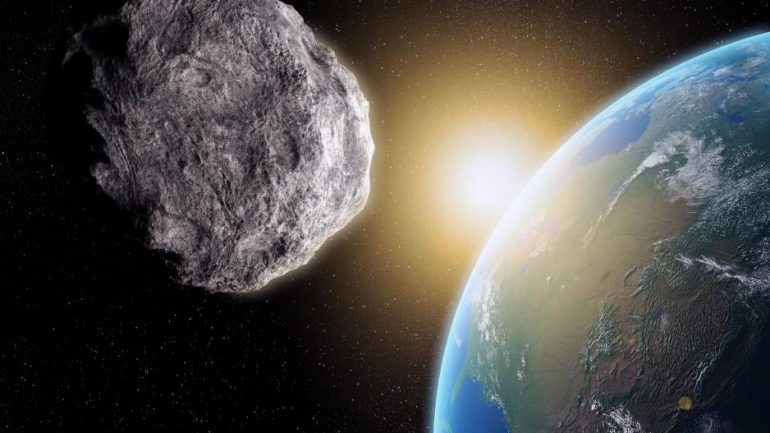An international team of astronomers has discovered a large, 300-kilometer-diameter asteroid that is rich in carbon and moves in the distant Kuiper Belt at the end of our solar system, about four billion kilometers from Earth.
This is the first time such a carbonaceous asteroid has been discovered in that icy region, a remnant of the primitive solar system. The asteroid, named "2004 EW95", probably formed in the asteroid belt between Mars and Jupiter and at one point was "exiled" billions of kilometers away from its "homeland".
The first observation was made in 2004 by the Hubble Space Telescope, and further observations and the discovery that they are carbon asteroids were made by the Very Large Telescope (VLT) of the European Southern Observatory (ESO) in Chile. Researchers led by Tom Secul of Queen's University in Belfast, who published the Astrophysical Journal Letters, estimate that due to the great distance from the Sun, the asteroid's temperature is minus 235 degrees Celsius. .
As the asteroid is very far away and at the same time very dark due to the abundant carbon it contains, it was very difficult to observe. As astronomer Thomas Puccia of the Catholic University of Chile put it, "it is like observing a giant mountain of coal against the backdrop of a dark night sky."
